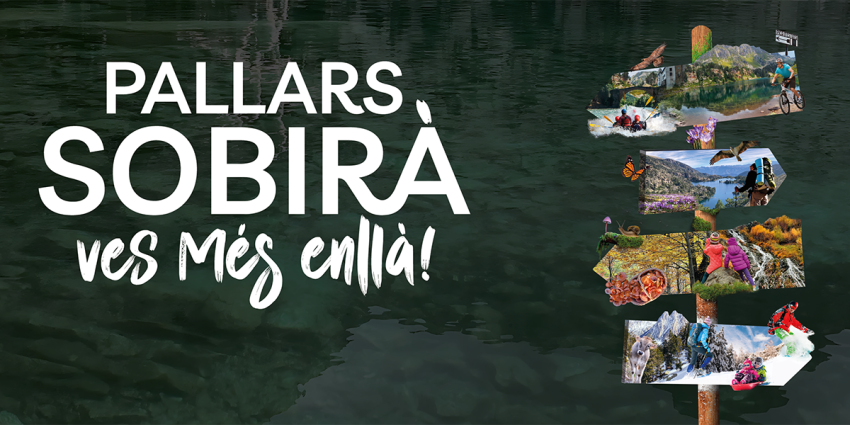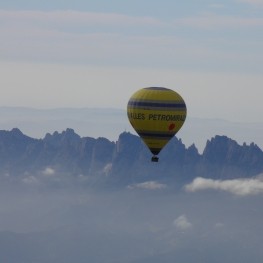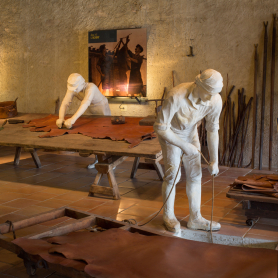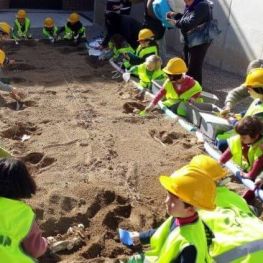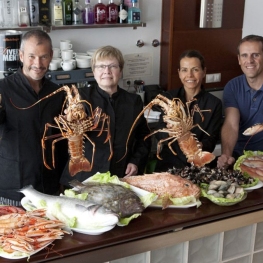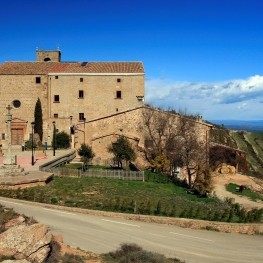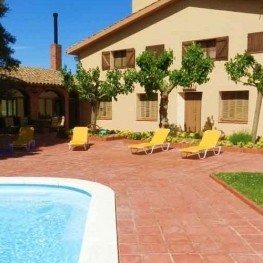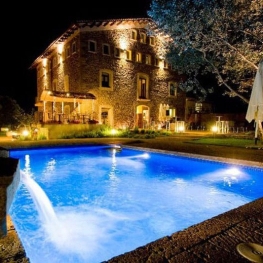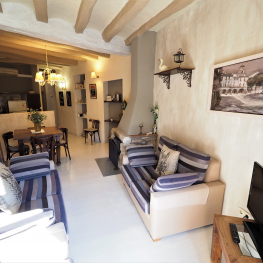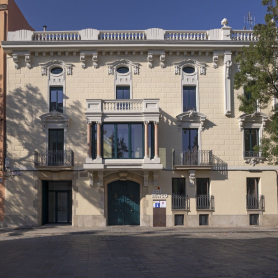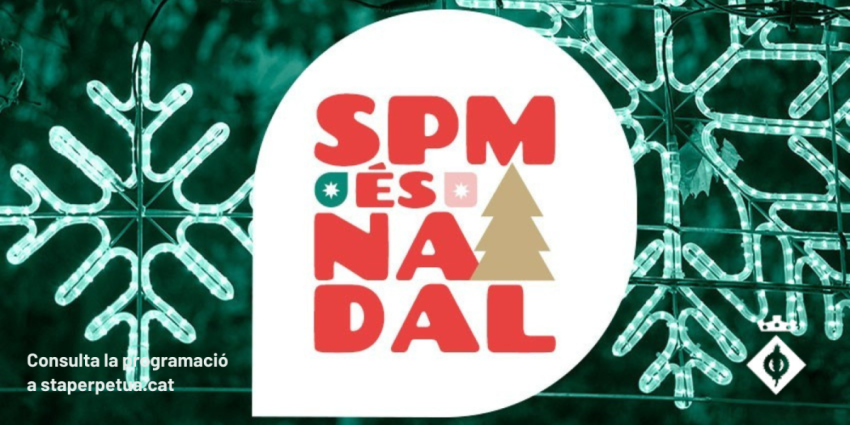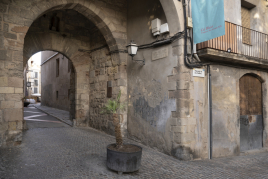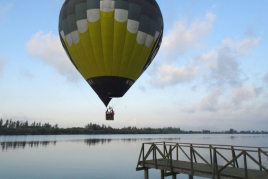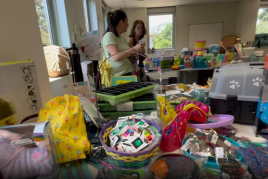The paper path for Catalonia
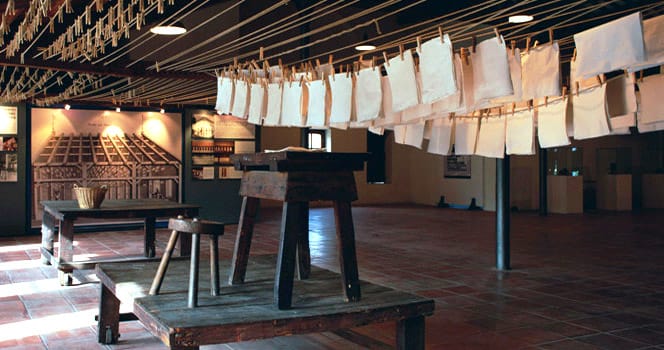
Knowing which is the papermaking process or as this has evolved over time are some of the intricacies that can be removed to make the route that we propose this month.
The paper path is a path with a historical component that reveals when and how he got the role to Catalonia and what has been the evolution.
The route spans three distinct populations - Capellades , Igualada and Castellbisbal . Through these know the heart of the production of paper during the eighteenth and nineteenth of hand Capellades , other craft industries of the time, in Igualada and its evolution, today, with the visit of a factory in the municipality of Castellbisbal .
How about if we start to make the paper with which we can write this adventure?
The paper sources
 The paper sources are in China. It is said that this was invented in the year 105 by the Chinese Minister of Agriculture of the time I had gotten to standardize the technique of making this type of film. However, there are other traditional Chinese stories that tell, for example, that the role was already a reality in the third century BC.
The paper sources are in China. It is said that this was invented in the year 105 by the Chinese Minister of Agriculture of the time I had gotten to standardize the technique of making this type of film. However, there are other traditional Chinese stories that tell, for example, that the role was already a reality in the third century BC.
But not until the tenth century paper is introduced in Europe from the Arab world then where improved production process.
This expanded and began to manufacture in the region of Anoia, specifically, in the twelfth century, which became popular mainly in the municipality of Capellades. One of the reasons for papermaking is so tied to this land is its abundance of water.
The water contributed to the operation of the power generating industry, besides being part of the essential ingredients for making the paste paper subsequently became.
Capellades, papermaking center of Catalonia
During the eighteenth and nineteenth Capellades became one of the most important centers of Catalonia papermakers and was released overseas beard for the role of high quality that is produced. Thus, the Paper Route in this municipality will start visiting the Mill Museum Papere r.
 The museum, founded in 1961, is located in a former paper mill which ceased operations in the twentieth century. With the visit of the rooms and spaces that it hosts, one can make the idea of ??the papermaking process and make a journey from the origins of this until today.
The museum, founded in 1961, is located in a former paper mill which ceased operations in the twentieth century. With the visit of the rooms and spaces that it hosts, one can make the idea of ??the papermaking process and make a journey from the origins of this until today.
Visit the museum's begin in the basement of the building where it is reconstructed eighteenth century mill. It is in this space where further construction paper is still made ??by hand. You can see how they do and even yourself can try to make a canvas with his own hands.
Continuing the tour of the museum and entering in the permanent showroom will find a compilation of the history of paper.
The vestiges of the paper industry
Introduced to the world of paper production continue knowing the route, further, the municipality of Capellades .
 This town, as it was highlighted papermaking center, receives and retains, even today, a lot of relics related to this industry.
This town, as it was highlighted papermaking center, receives and retains, even today, a lot of relics related to this industry.
Next to Mill found the Bassa which is a natural source at a rate of 12 million liters of water daily. What allowed, years ago, the operation of the sixteen paper mills working in this area. In fact the old Moli de la Vila, which houses the Museu Moli Papere r, was the first mill of the sixteen recognized the coast of Capellades .
Another significant mills Capellades and recommend visiting the Moli Munné. This water is also used to generate power for its operation.
The Moli Munné, besides becoming the largest mill in the county in 1755, is one of the testimonies that reflects the change in the nineteenth century craft production to automated machinery.
Currently, it has recovered the traditional uses of housing and production and processing center of bond paper.
The Neolithic in Capellades

Being in Capellades , we can not leave out the Romani shelter, located in Capellades Prehistoric Park. The Romani shelter is an archaeological site that is under excavation since 1983 and has allowed the registration place it more important to know how ago hominids lived between 75,000 and 40,000 years.
Their studies provide insight into how the Neanderthals were adapted to the environment and living in communities dedicated to hunting and gathering. In addition to finding instruments that were previously unthinkable.
The most remarkable features are found wooden utensils, stone and bone, who have demonstrated mastery of good technique and 200 working fireplaces, which have confirmed the dominance of this element.
Other industries in the Shire
 If we continue the route to the town of Igualada discover that there were other important industries in the region of Anoia, in addition to the manufacture of paper.
If we continue the route to the town of Igualada discover that there were other important industries in the region of Anoia, in addition to the manufacture of paper.
In this population, specifically, was remarkable fur industry. Seeing that the building known as Cal Boyer hosts today, the headquarters of the Museu de la Pell d'Igualada i Regional de l'Anoia.
In this same building houses a sample called "Man and water" that links different aspects of water to society, the transport of this resource, the use ...
Also, in Igualada you can visit Cal Granotes - a former leather tannery-eighteenth century, the Cal gasifier Pascual - which served to get poor gas engines allowed to move looms - and the Museum of Traginer - which is based in transportation and its relationship with the trades.
What to do
Globus Kon-Tiki
Òdena (a 3 Km)Having tried almost every type of adventure sport, Globus Kon-tiki has specialised…
Museu de la Pell d'Igualada i Comarcal de l'Anoia
IgualadaThroughout its history, the Igualada Leather Museum has become a benchmark for…
Stress & Adrenalina
Barcelona (a 11.8 Km)Come to Stress & Adrenalina and enjoy a 4x4 route through the…
Paleoturisme a Hostalets de Pierola
Els Hostalets de Pierola (a 6.1 Km)The Hostalets de Pierola is one of the most important paleontological areas…
Where to eat
Bodega Miquel Jané
Font-rubí (a 12.3 Km)Discover the world of wine with our comprehensive viticulture and oenology courses,…
Restaurant Marisquer Can Ladis
Sant Fruitós de Bages (a 28.5 Km)The Can Ladis Seafood Restaurant, located in Sant Fruitós de Bages, is…
Where to sleep
Masia Cal Mestre
Sant Martí de Tous (a 3.7 Km)Masia Cal Mestre is a completely renovated 18th century house in Central…
Molí Blanc Hotel Igualada
Jorba (a 3 Km)Old paper mill dating from 1750, built on the banks of the…
Arcs Llacuna - l'Espigol
La Llacuna (a 13.8 Km)House located in La Llacuna, this apartment accommodates 2 to 6 people.…
Cal Maco, Alberg i Centre de Visitants d'Igualada
IgualadaCal Maco is a modernist building located in the center of Igualada…

